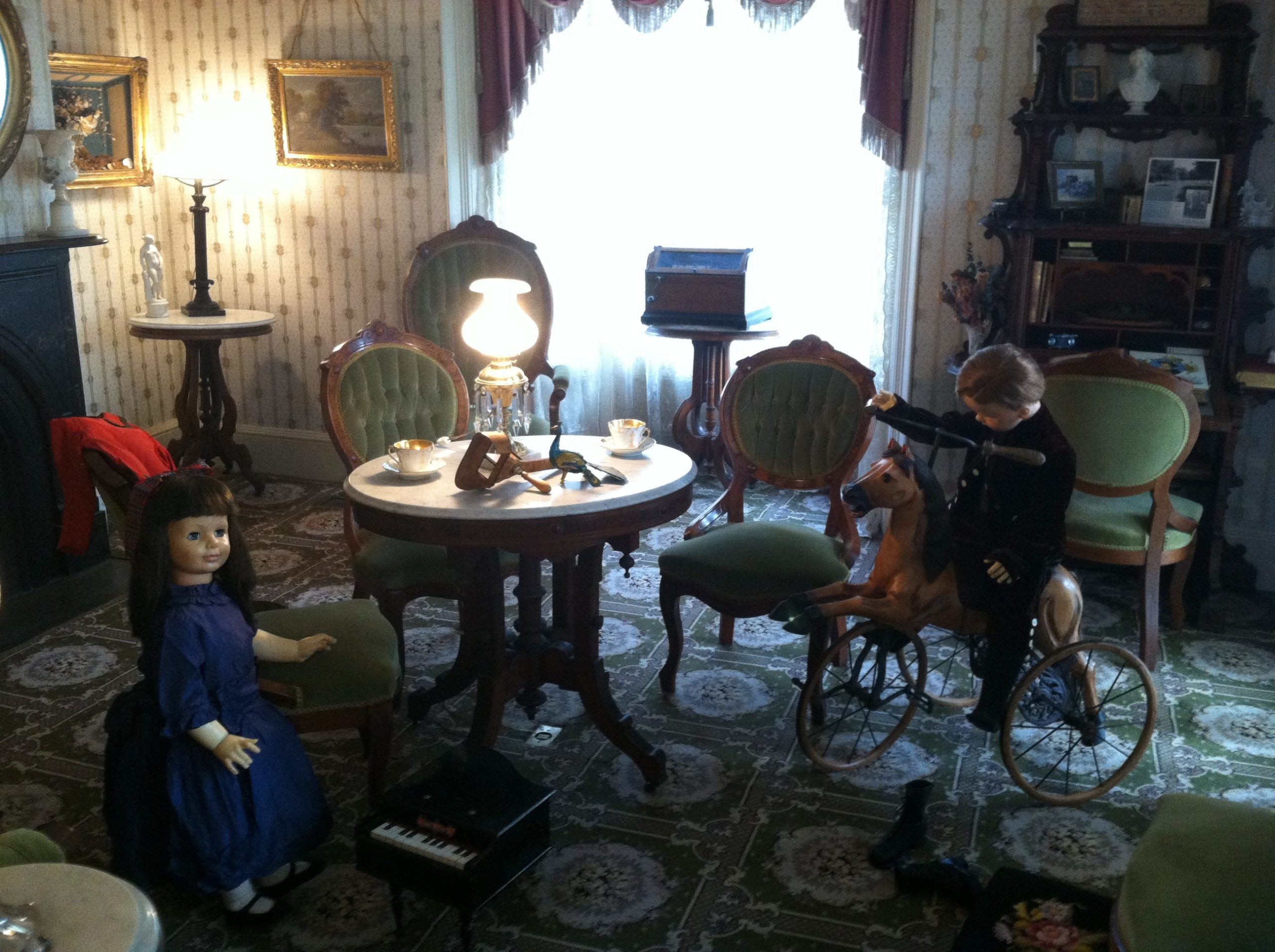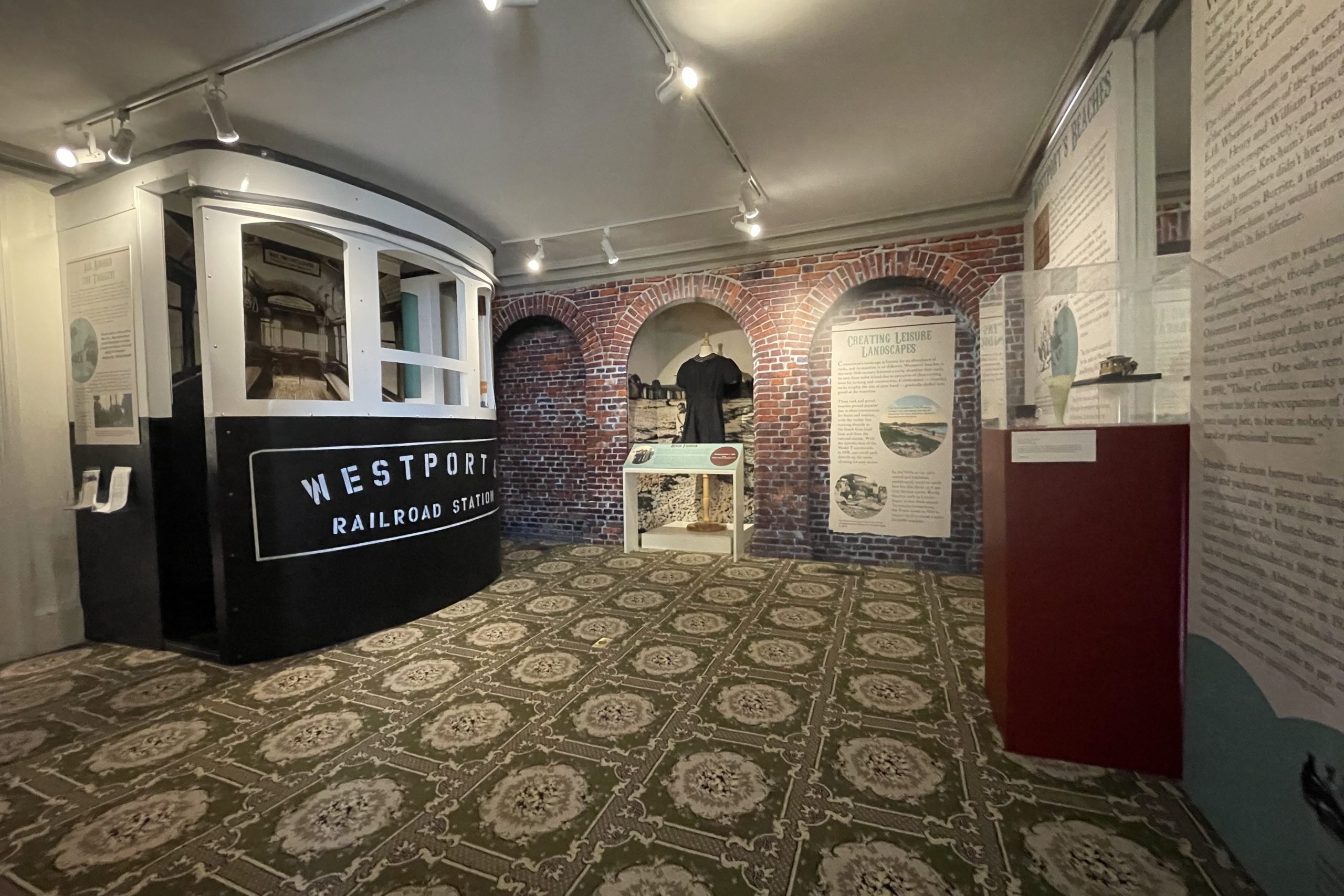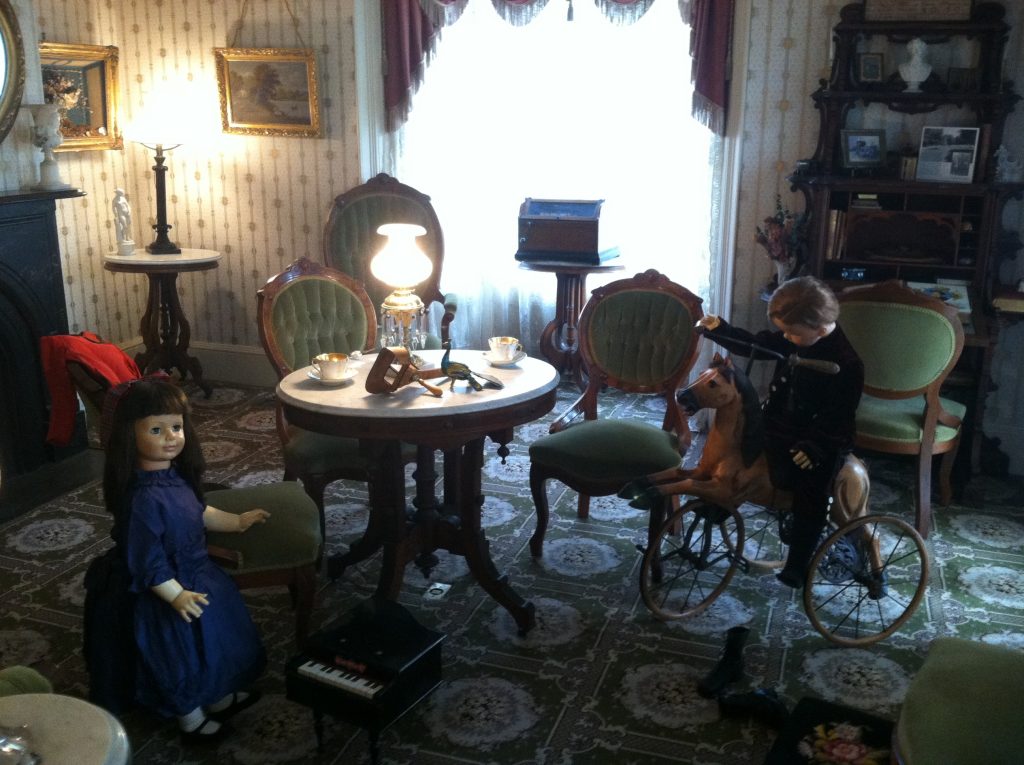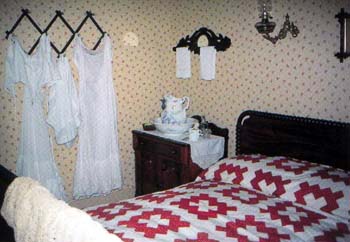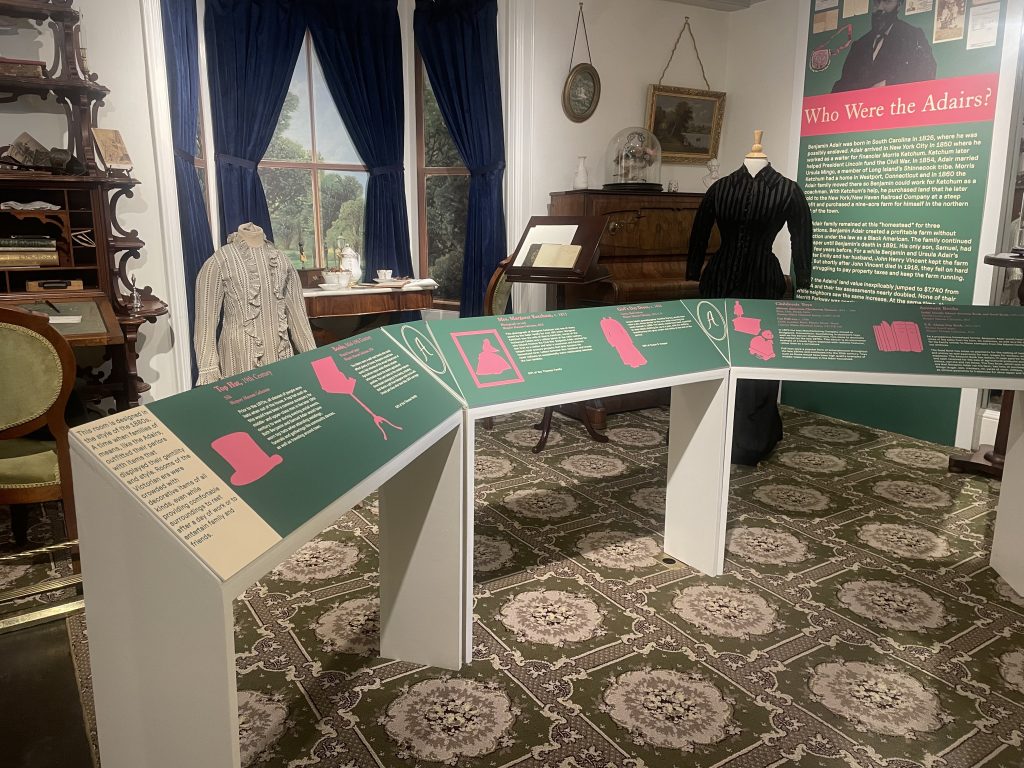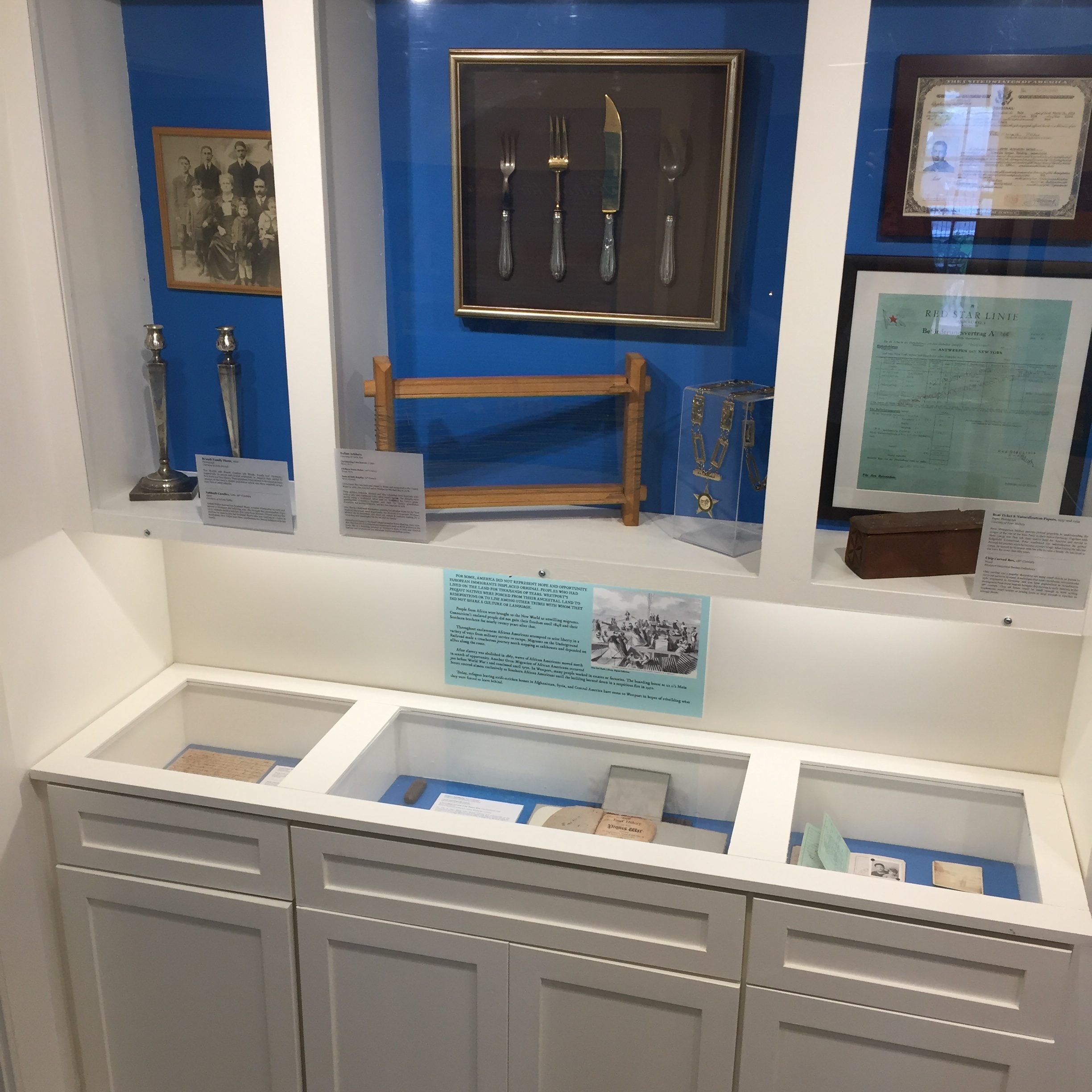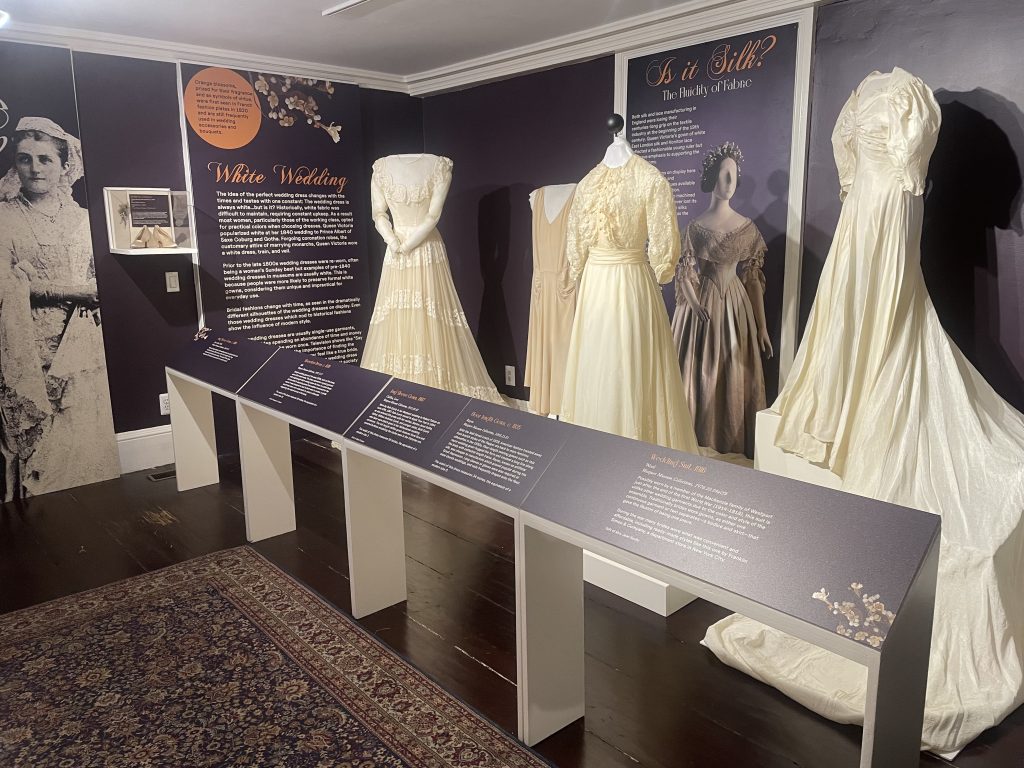Researched and written by Nicole Carpenter, this article was originally published in Teen Vogue on January 8th, 2024.
The news has been filled with exposés about aggressive rehabilitation programs using “tough love” to treat everything from addiction to “converting” LGBTQ+ people to a straight lifestyle. But the roots of these “tough love” treatments go back to the 1950s, and an organization called Synanon.
Nationally lauded for its allegedly successful treatment programs, the public turned against Synanon in October 1978, when its supporters’ put a 4-foot rattlesnake in the mailbox of Paul Morantz, a California attorney and investigative reporter. Morantz had been pushing for investigations of Synanon—which by then had declared itself a religion and gained nonprofit status. Morantz accused the group of abusing members and advocating violence against its “enemies.” Prior to the attack, the Synanon program had been praised for its groundbreaking treatment of drug addicts and alcoholics as well as the treatment of troubled youth. The public attack on Morantz outed the Synanon for what it really was: a violent cult.
Tender Loving Care Club
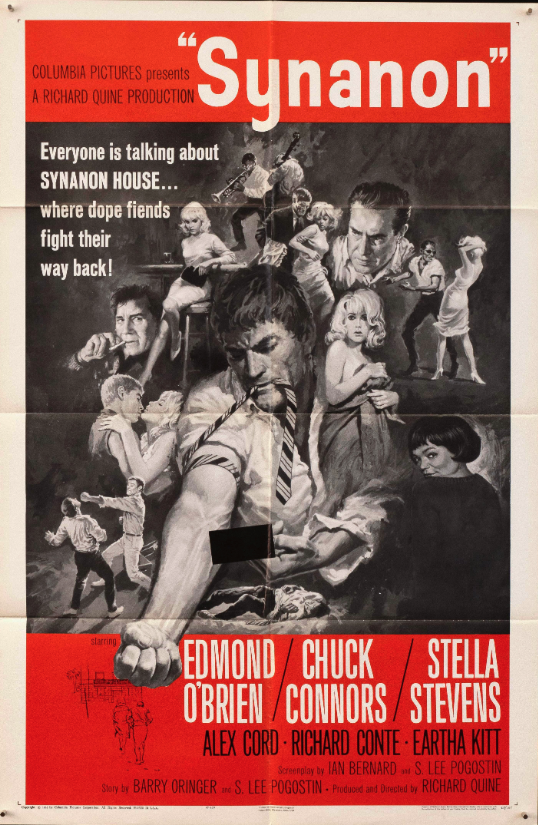
Created in 1958 by Charles Dederich, a former Alcoholics Anonymous member and speaker, Synanon purported to help those suffering from addiction to rehabilitate themselves through “self-reliance and making the person responsible for his own actions.” The program first began as a small community in Venice, California calling itself the Tender Loving Care Club. Members met in a small storefront to play “The Game,” a verbal exercise where anyone was allowed to say anything to debunk excuses given by addicts for their addictions. “Anything” could include mockery and degradation. Only threats and physical violence were not tolerated.
Dederich envisioned Synanon as a two-year residential program. Attendance grew rapidly and, to accommodate its swelling ranks, Dederich moved the operation from the Venice Beach storefront to a house in Santa Monica in 1962. Neighbors quickly protested having a drug rehabilitation facility in their backyard. The conflict ended with Dederich’ arrest because he didn’t have a health license.
In what was a cunning publicity move, Dederich chose to serve jail time for the violation while still refusing to move his facility. The highly publicized case drew the attention of some high-profile people who praised Dederich’s “revolutionary” program. Soon, public outcry on behalf of Synanon was significant enough that California Governor Edmund Brown, Sr. actually signed a bill exempting the group from health licensing laws. Donors nationwide began to support the group, supplementing the financial payments already being received by those in the program.
As Synanon’s star rose, Hollywood A-listers including actors Leonard Nimoy, Robert Wagner, and Ben Gazzara would stop by the house to play “The Game.” In 1965, Columbia Pictures released a film partially written by Charles Dederich entitled “Synanon,” starring Eartha Kitt and Chuck Conners.
Westport’s Synanon
Synanon’s publicity and financial windfall allowed the group to expand again. Setting his sights on the East Coast, Dederich purchased an 18-room Victorian Mansion located on four acres in Westport, Connecticut in February 19631.
At first, everything seemed rosy for Synanon’s foray into the other side of the country. With ample local support, plans to use Westport as a stepping stone into the Northeast were underway. Connecticut’s United States Senator Thomas Dodd championed Synanon calling it, “one of the most dynamic and vital programs that I have experienced.”2
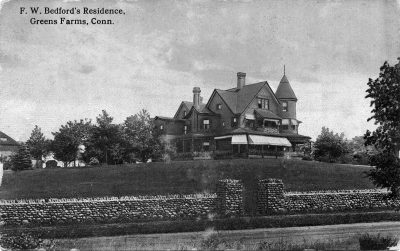
Residents in Westport and the neighboring towns of Norwalk and Bridgeport supported the non-profit with donations of food, supplies, and fundraising. The Sponsors of Synanon, a group founded by Westport resident Betty Sobol, helped underwrite and champion the organization. But not everyone on the East Coast was happy about Synanon’s growing presence. Residents complained “[Synanon] is in the wrong place”3 and balked “at the spectacle of criminals and addicts living in ‘respectable’ communities.”4
By January of 1966, the Westport facility faced legal trouble that reached the Connecticut Supreme Court because the building was zoned for single-family residential use only. Synanon claimed its 30 residents were a “family” since they were all united in the single pursuit of remaining clean and sober. The Court disagreed and a month later ordered the non-profit to vacate the property.
Boiling Point
The year after Synanon departed from Westport, Synanon began to change dramatically – converting from rehabilitation to a fully-fledged cult. Members were no longer allowed to “graduate” from the program because Dederich had become convinced that, without the pressure of the community, they would relapse. Couples were now separated, and children were raised communally, with infants living in what was called “the hatchery.” Despite this, juvenile agencies and the California court system continued to send teenagers labeled “juvenile delinquents” to Synanon’s “Malibu Re-Education Camp” throughout the 1970s. At this detention center, teenage attendees were called the “Punk Squad.”
Organizers soon found that Synanon’s hallmark methods, including participation in “The Game” had little effect on the Punk Squad teens who, unlike willing adult participants, had not consented to rehabilitation. Meanwhile, violence began to be a hallmark feature of Synanon at large. In 1973, in what some members would cite as a seminal moment, a session of The Game ended with Dederich pouring root beer over the head of a member. In 1973, teenagers were required to take part in The Game and became subject to escalating physical abuse.
Soon young people began to escape from the cult. Alvin Gambonini, a neighboring rancher to Synanon’s Point Reyes facility, sheltered many who had managed to escape. In retaliation, cult members beat Gambonini in front of his family.
By the time Synanon sought religious status in 1974, with Dederich as its leader, the organization numbered 1,300 members and had more than $30 million in assets. It was the largest property owner in Santa Monica and had a chain of gas stations and an airstrip by 1976. Dederich had fully abandoned nonviolence within Synanon and created the “Imperial Marines” to maintain order—within and outside of the community. Members were brainwashed, mentally tortured, and barred from leaving. Those who escaped were physically attacked if recaptured. In 1977, former member Phil Ritter was nearly beaten to death when his skull was fractured in retaliation for trying to free his child from the cult.
By October 1978, Dederich’s mania and Synanon’s violent tactics reached a boiling point with the rattlesnake attack on attorney Paul Morantz. Although Morantz survived, he sustained long-lasting injuries from the highly venomous bites. Dederich was arrested on December 2nd, 1978 in connection with the attack as well as multiple other violent crimes. He avoided jail time by pleading guilty to conspiracy to commit murder and agreed to step away from Synanon entirely. As a result of the incident, Synanon’s non-profit status was revoked and the cult slowly collapsed before filing for bankruptcy in 1991.
The Lasting Legacy of “Tough Love”
While Synanon may be gone, the group’s “tough love” approach of scaring or shaming individuals into rehabilitation, inspired programs that continue today. One such program is the infamous Élan school in Maine, which modeled its “general meetings” after Synanon’s “game,” with teens yelling at one another for any real or fabricated slight against anyone in the Élan house.
Élan also took inspiration from the work assignments Synanon put in place for residents. Adolescents in Synanon were observed working in “the medical laboratory, in the kitchen, in the news office, in the law office, on the ranch, and in the warehouse.” Likewise, teenagers were responsible for everything from cleaning to cooking to enforcing and policing their dormitory. In both cases, adults – who were former members themselves – were meant to oversee the teens but were rarely present. Additionally, Élan allowed physical abuse in the form of a boxing ring between teens. The “treatment center” closed in 2011 amidst charges of abuse.
Joe Ricci–Élan’s founder–attended Daytop Village, a rehabilitation program funded by former Synanon supporter Daniel Harold Casriel. Daytop staff included Synanon members and the program still operates today, though distancing itself from abuse allegations. According to a 1982 training textbook assembled for the National College of Juvenile Justice, Daytop Village and other similar centers including, Topic House, Phoenix House, Harmonie House, Odyssey House, Gateway incorporated Synanon principles.
Despite reports like these, there remain rehabilitation organizations which have continued to use “tough love” methodologies created by Synanon to allegedly cure addiction, deter undesirable behavior, or force LGBTQ+ individuals into heteronormativity.
In a 2007 hearing about residential treatment programs where teenagers had died, the Forensic Audits and Special Investigations Unit in the Government Accountability Office (GAO) found many of these programs had “staff with little or no relevant training,” and engaged in manipulative and “misleading marketing practices” and “negligent and reckless operating practices.” The GAO further elaborated on the complexity of potentially abusive teen rehabilitation programs, noting that since the early 1990s the increasing number of residential treatment programs across the country operated without federal regulation. The investigation noted, “common names for these programs include boot camps, boarding schools and wilderness programs…which are typically in the mountains, the forest or the desert…All of these programs offer in some way to reform the lives of very troubled youth.”
Despite reports like these, there remain rehabilitation organizations which have continued to use “tough love” methodologies created by Synanon to allegedly cure addiction, deter undesirable behavior, or force LGBTQ+ individuals into heteronormativity. Little action was taken until recently toward federal regulation of these programs and protecting the youth who find themselves inside them—in part because of the profit created by these institutions for the private equity firms that own them.
In April of 2023 the Stop Institutional Child Abuse Act was introduced to the Senate by Senator Jeff Merkley [D-OR]. Exposing these programs and ensuring open communication about their practices is a key step toward providing better and safer mental health services for America’s troubled youth.
1 “Narcotics Aid Home Stirs Westport Zoning Question,” Bridgeport Post, February 12, 1963, 35.
2 “Dodd Urges Westporters: Give Synanon a Chance,” Bridgeport Post, February 24, 1963, 6.
3 “Synanon at Home In Westport, And Not An Addict In the PLace,” Hartford Courant, July 21, 1963, 16.
4 Yabionsky, Lewis, “Synanon, Vehicle for Addicts,” Bridgeport Post, February 14, 1965, 46.
To learn more about public health in Westport explore our digital exhibition Taking the Cure.


